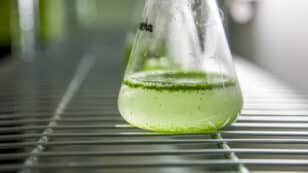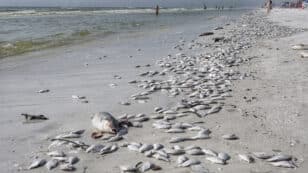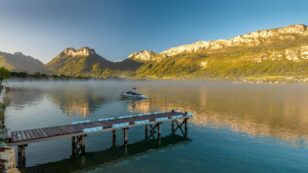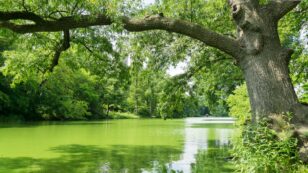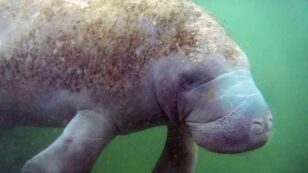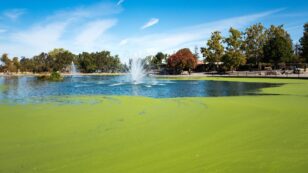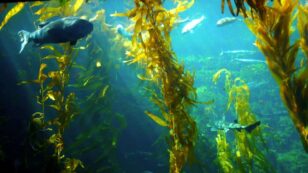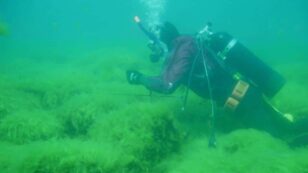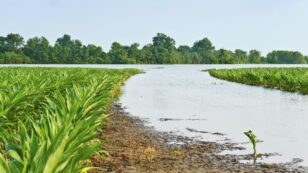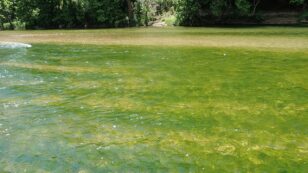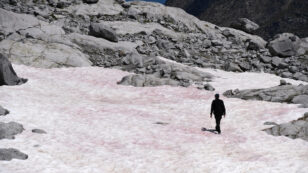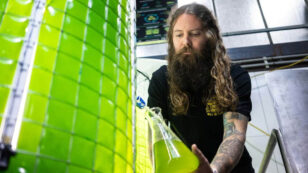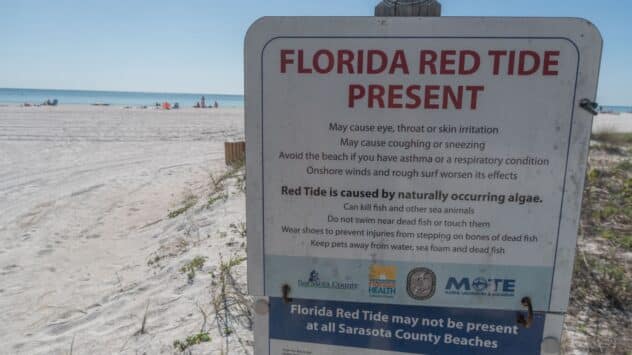
Heading to a Beach This Summer? Here’s How to Keep Harmful Algae Blooms From Spoiling Your Trip
Plunging into the ocean or a lake is one of the great joys of summer. But arriving at the beach to find water that’s green, red or brown, and possibly foul-smelling, can instantly spoil the party.
As a toxicologist, I study health risks from both synthetic and natural substances. I’ve conducted research into early detection of harmful algal blooms, or HABs, which are an increasing threat to humans, animals and the environment.

 233k
233k  41k
41k  Subscribe
Subscribe 
